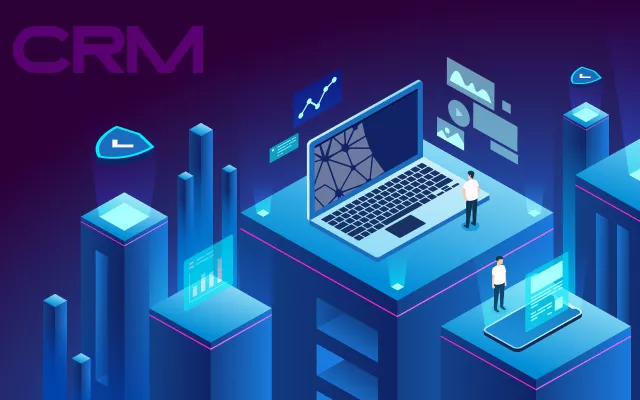
Customer Relationship Management (CRM) is a technology-driven strategy for managing and improving interactions with customers.
It is a business process that helps organizations to manage their interactions with customers, clients, and sales prospects.
The history of CRM dates back to the 1960s when companies started using technology to automate their sales and marketing processes.
